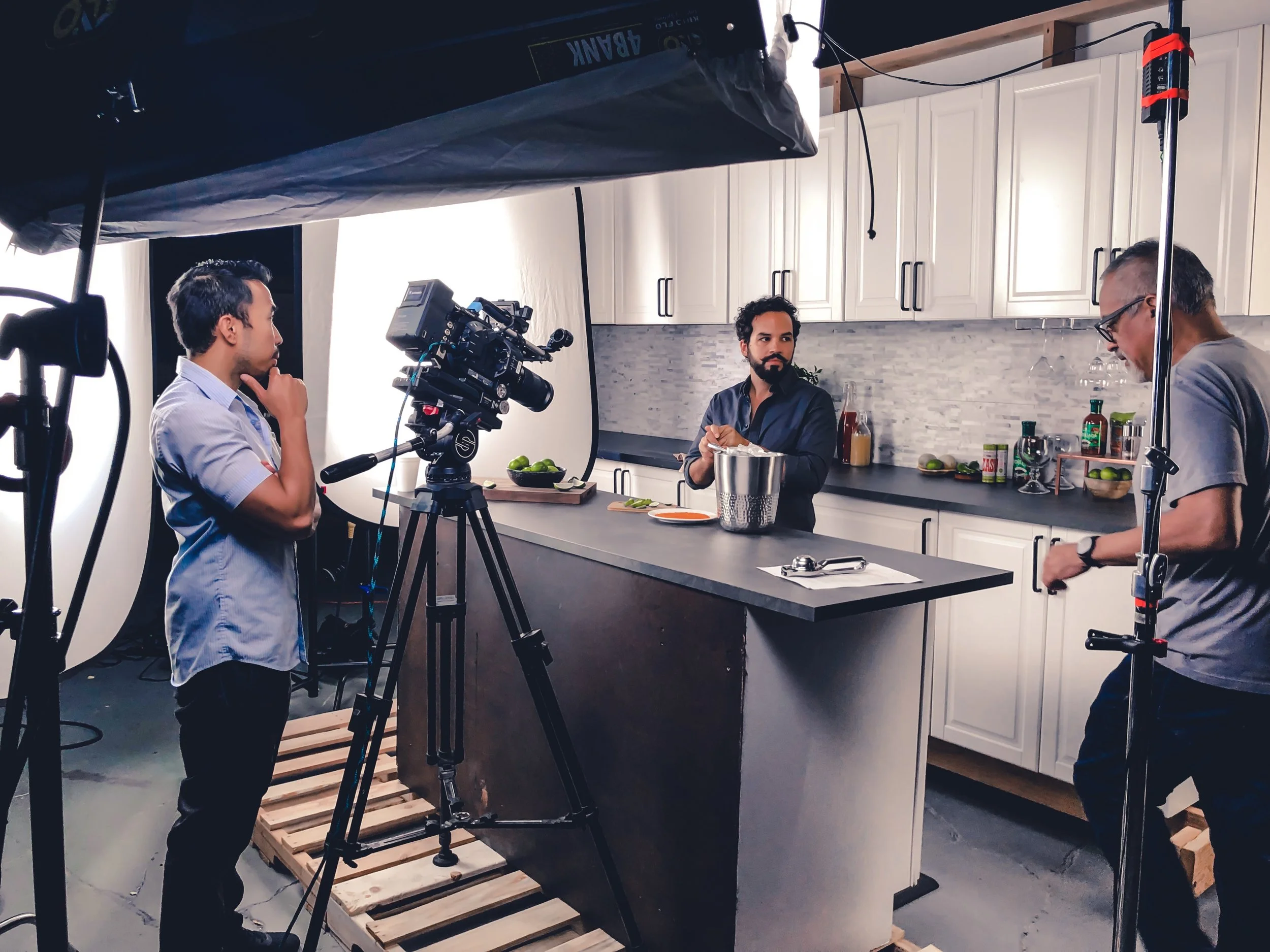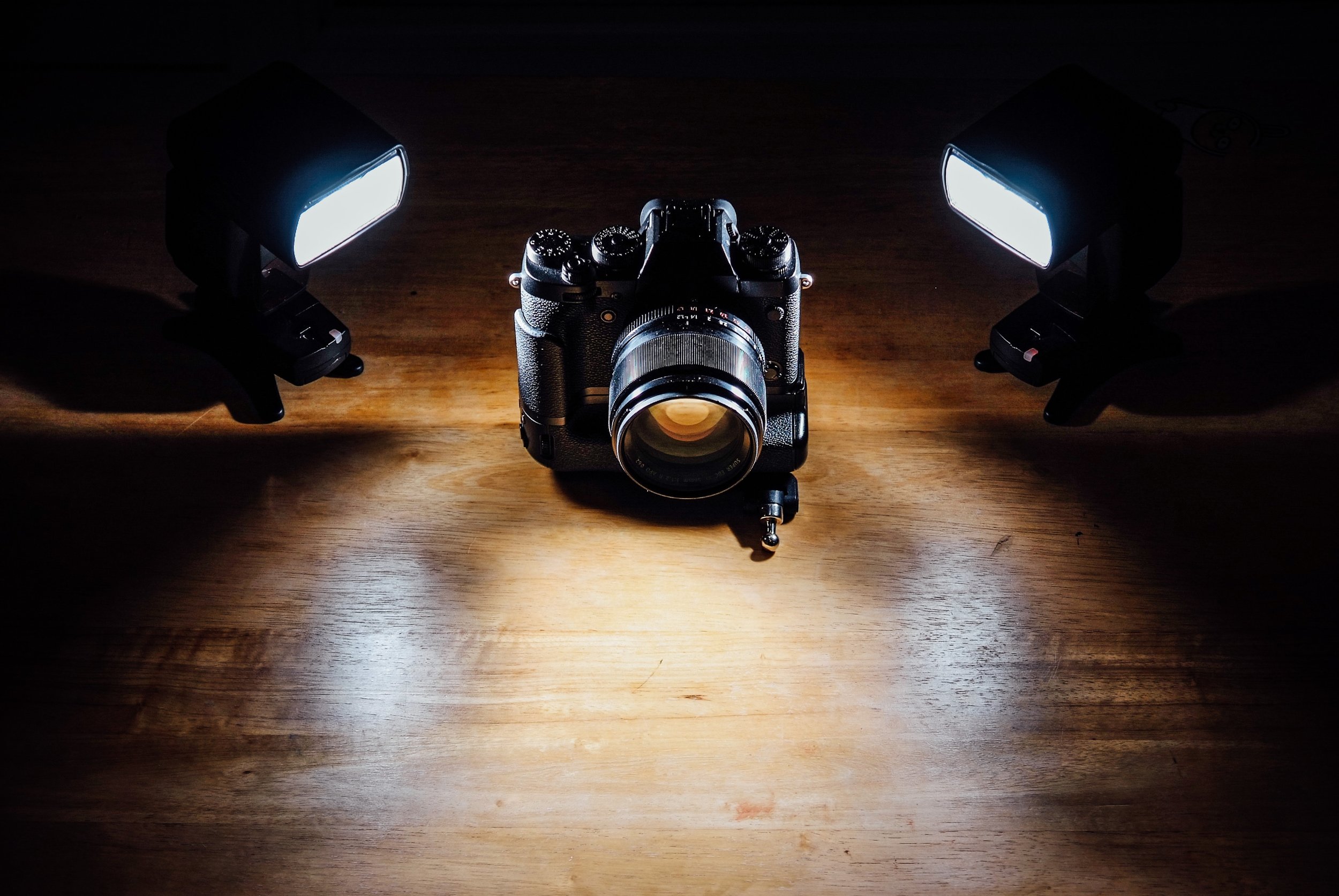Video cameras have built in microphones, but these generally tend to be lower quality, and less versatile than other options. There are plenty of great options out there for audio, and we’ve got a couple of the basics to make your production sound as good as it looks.
Lavalier:
Lavalier microphones, commonly known as “lav mics” are perfect for interviews and presentations, as they can clip onto a shirt or jacket, making sure audio is consistent. Be careful in your productions if you do not want the lavalier showing through on your actors, and when you are using wireless to make sure there is minimal interference.
Shotgun/Directional:
These microphones are special in that where they are pointed at is where they primarily get their input from. This helps cancel out any unwanted background noise. They are on the pricier side, however, and need to be close to the talent to ensure the best outcome.
Handheld:
Handheld mics are what you normally see journalists or news reporters using. These mics can be wired or not, and are one of the simplest microphones to use. These are great for when you need to record audio in a live event, when you cannot have multiple cameras and mics set up. On the other hand, handhelds are not generally used for productions with narratives, as they need to be close to actors to pick up audio, and are easily seen by the camera.
Headphones and audio recorders:
These give you more freedom while shooting for two major reasons. First, your microphone is not connected to the camera, giving you more shooting options. Second, you are able to monitor the audio in real time to make sure your audio is where you want it to be. On the other hand, the audio must be then synced with video in post production, which can be easily done with the use of a clapper board or someone clapping their hands.
Boom poles and windshields:
Boom poles allow your microphone to be closer to the talent, but does, unfortunately, require a boom pole operator. Windshields will block out feedback from wind, giving you the opportunity to shoot outside without compromising audio quality.










